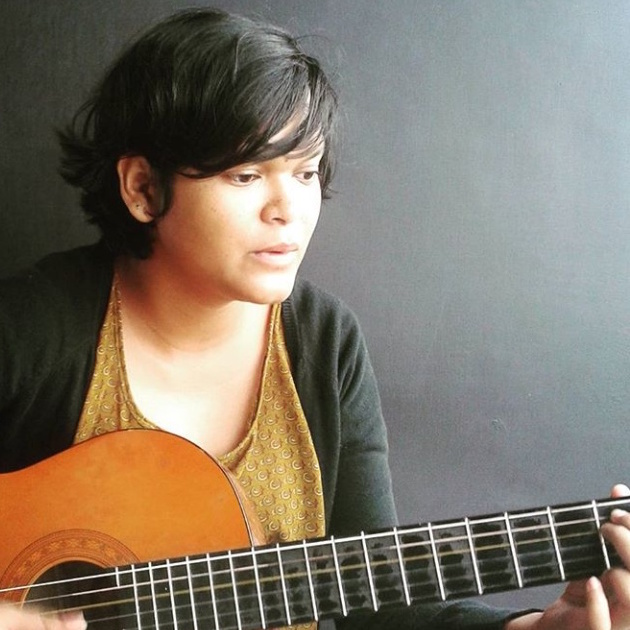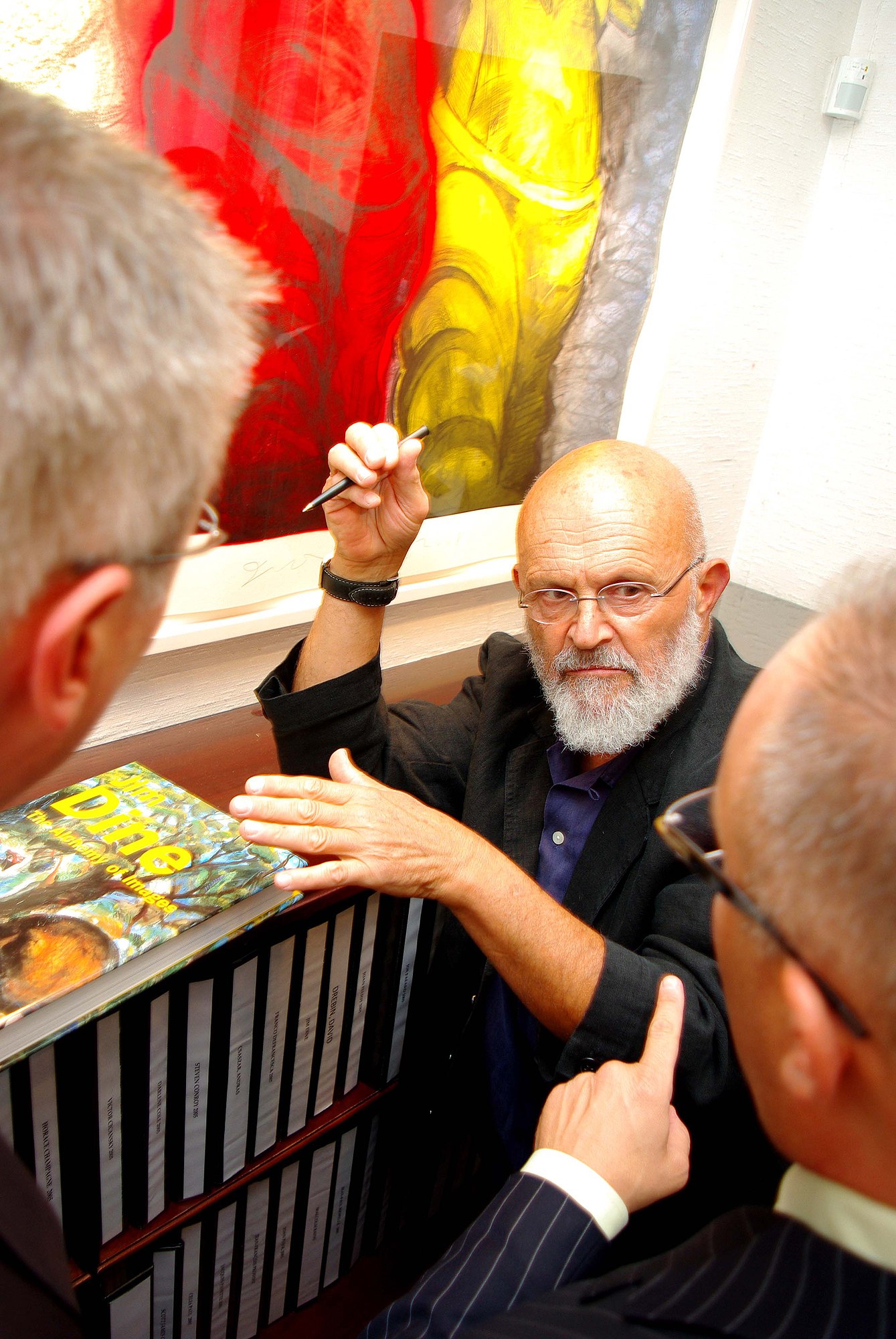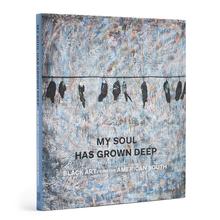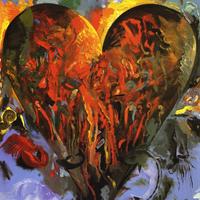More about Jim Dine
- All
- Info
- Shop
Works by Jim Dine

Contributor
Jim Dine isn’t happy with his callous inclusion in the museums of Pop Art.
In the 1960s, America was going through an artistic revolution. There was only one word for art back then: Pop. But Jim Dine wasn’t having any of it. His game was expressionism, it had been so ever since he discovered German Expressionism in a Paul J. Sachs book. But, I guess he grew tired of correcting people and he decided to just go along with whatever the art world wanted to call him.
Jim Dine’s art is nostalgic, sentimental even, using elements like bathrobes, hearts, and power tools in his paintings, popular images of popular cultural objects. These motifs didn’t represent the afflictions of an increasingly capitalist America. They were memories; except the bathrobe, he doesn’t know where that one comes from.
Jim Dine was born in Cincinnati, Ohio in 1937. Everything was great until his mother passed away when he was 14. A year later his dad married again. Dine's new mum wasn't very fond of him, or maybe he didn't like her as he had been very close to his mother. She was one of the few people who encouraged him to make art. Whatever it was, Dine was kicked out of the house at the age of 17. He was sent to live with his mother's parents, who like his father, owned a hardware store. It was here that Dine was introduced to power tools. It was a bridge between his old house and this one.
The artist was notably popular for his involvement with "happenings." Jim moved to New York in 1958, after he married Nancy Minto. In the 60s, he was in with a circle of poets, sculptors, and artists where he met Allan Kaprow who coined the term for the phenomenon. These events, by their very nature, could happen anywhere, anytime. Performance art. Often it would require audience involvement. It's a lot like a flash mob, without the non-professionals. If you've seen The Family Fang you'd probably know what I'm talking about. In their version of "Happenings," you would be part of the gag without even knowing it. There's a "Smile, you're on Candid Camera" moment in there, but the frightening bit is that you'll never be sure.
Dine poured his heart and soul into the project. But, he suddenly started withdrawing from the frenzy of New York Society, a rare breed. Around the same time, in 1962 Dine was undergoing psychoanalysis. He was looking to access his memories, identify his identity. That must have been a remarkable moment in his life as he was forced to face someone who he used to be.
He went to Europe in 1966 and liked it so much he decided to stay in London. 5 years later he moved to Vermont. He got picked up by a bunch of different galleries. He was successful. He was traveling. He was gifting his art to institutions and museums. He donated some 200 prints to the Washington State University. Clearly, he's also very generous with his donations, or maybe he was just making some space for his new paintings.
Sources
- ARTnews, The Editors of. "From the Archives: Jim Dine on Creating 'Autobiography Through Objects,' in 1977 -." ARTnews. April 20, 2018. Accessed August 09, 2019. http://www.artnews.com/2018/04/20/archives-jim-dine-creating-autobiogra….
- Gayford, Martin. "Jim Dine's Six-decade Experiment." Apollo Magazine. April 18, 2017. Accessed August 09, 2019. https://www.apollo-magazine.com/jim-dines-six-decade-experiment/.
- "Jim Dine." FAMSF Search the Collections. May 10, 2019. Accessed August 09, 2019. https://art.famsf.org/jim-dine.
- Suarez, Jillian. “"Happenings," Part 2: Jim Dine and Claes Oldenburg." Guggenheim. July 25, 2018. Accessed August 09, 2019. https://www.guggenheim.org/blogs/findings/happenings-part-2-jim-dine-an….
- Weg, Kara Vander. "Jim Dine: Walking Memory, 1959 - 1969." Guggenheim. Accessed August 09, 2019. http://pastexhibitions.guggenheim.org/dine/.
Featured Content
Here is what Wikipedia says about Jim Dine
Jim Dine (born June 16, 1935) is an American artist. Dine's work includes painting, drawing, printmaking (in many forms including lithographs, etchings, gravure, intaglio, woodcuts, letterpress and linocuts), sculpture and photography; his early works encompassed assemblage and happenings, while in recent years his poetry output, both in publications and readings, has increased.
Dine has been associated with many art movements including Neo-Dada (use of collage and found objects), Abstract Expressionism (the gestural nature of his painting), and Pop Art (affixing everyday objects including tools, rope, articles of clothing and even a bathroom sink) to his canvases, yet he has avoided such classifications. At the core of his art, regardless of the medium of the specific work, lies an intense autobiographical reflection, a relentless exploration and criticism of self through a number of personal motifs including: the heart, the bathrobe, tools, antique sculpture, and the character of Pinocchio (among flora, skulls, birds and figurative self-portraits). Dine's approach is all-encompassing: "Dine's art has a stream of consciousness quality to its evolution, and is based on all aspects of his life—what he is reading, objects he comes upon in souvenir shops around the world, a serious study of art from every time and place that he understands as being useful to his own practice."
Dine has had more than 300 solo exhibitions, including retrospectives at the Whitney Museum of American Art, New York (1970), the Museum of Modern Art, New York (1978), Walker Art Center, Minneapolis (1984–85), Frederik Meijer Gardens & Sculpture Park, Grand Rapids, Michigan (2011) and Museum Folkwang, Essen (2015–16). His work is in permanent collections including the Art Institute of Chicago; the Metropolitan Museum of Art, New York; the Musée National d'Art Moderne, Centre Pompidou, Paris; the National Gallery of Art, Washington, D.C.; Solomon R. Guggenheim Museum, New York; Tate Gallery, London; Tokyo Metropolitan Art Museum, Tokyo; and Yale University Art Gallery, New Haven, Connecticut.
Dine's distinctions include nomination to Academy of Arts and Letters in New York (1980), Commandeur de l'Ordre des Arts et des Lettres (2003), the British Museum Medal (2015) following his donation of 234 prints to the museum in 2014, membership of the Accademia di San Luca in Rome (2017), and Chevalier de l'Ordre de la Légion d'Honneur (2018).
Check out the full Wikipedia article about Jim Dine












